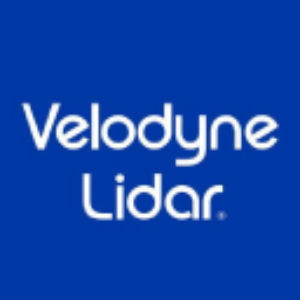Velodyne Lidar Wins Patent Challenge Brought by Quanergy in Federal Circuit Court of Appeals
“Velodyne is pleased with the Federal Circuit’s decision, which confirms the validity of our groundbreaking patent for surround view lidar technology,” said Dr.
Velodyne’s lidar technology provides critical 3D vision for autonomous solutions in a wide variety of industries to achieve a safer, more efficient and sustainable future. The company’s award-winning lidar sensors deliver the flexibility, quality and performance to meet the needs of industrial and robotics, intelligent infrastructure, automotive and other markets.
About
Forward Looking Statements
This press release contains "forward looking statements" within the meaning of the "safe harbor" provisions of the United States Private Securities Litigation Reform Act of 1995 including, without limitation, all statements other than historical fact and include, without limitation, statements regarding Velodyne’s target markets, new products, development efforts, and competition. When used in this press release, the words "estimates," "projected," "expects," "anticipates," "forecasts," "plans," "intends," "believes," "seeks," "may," "will," “can,” "should," "future," "propose" and variations of these words or similar expressions (or the negative versions of such words or expressions) are intended to identify forward-looking statements. These forward-looking statements are not guarantees of future performance, conditions or results and involve a number of known and unknown risks, uncertainties, assumptions and other important factors, many of which are outside Velodyne's control, that could cause actual results or outcomes to differ materially from those discussed in the forward-looking statements. Important factors, among others, that may affect actual results or outcomes include uncertainties regarding government regulation and adoption of lidar, the uncertain impact of the COVID-19 pandemic on Velodyne's and its customers' businesses; Velodyne's ability to manage growth; Velodyne's ability to execute its business plan; uncertainties related to the ability of Velodyne's customers to commercialize their products and the ultimate market acceptance of these products; the rate and degree of market acceptance of Velodyne's products; the success of other competing lidar and sensor-related products and services that exist or may become available; uncertainties related to Velodyne's current litigation and potential litigation involving Velodyne or the validity or enforceability of Velodyne's intellectual property; and general economic and market conditions impacting demand for Velodyne's products and services. For more information about risks and uncertainties associated with Velodyne’s business, please refer to the “Management’s Discussion and Analysis of Financial Condition and Results of Operations” and “Risk Factors” sections of Velodyne’s
View source version on businesswire.com: https://www.businesswire.com/news/home/20220209005314/en/
Velodyne Investor Relations
InvestorRelations@velodyne.com
Media
Codeword
velodyne@codewordagency.com
Source:







